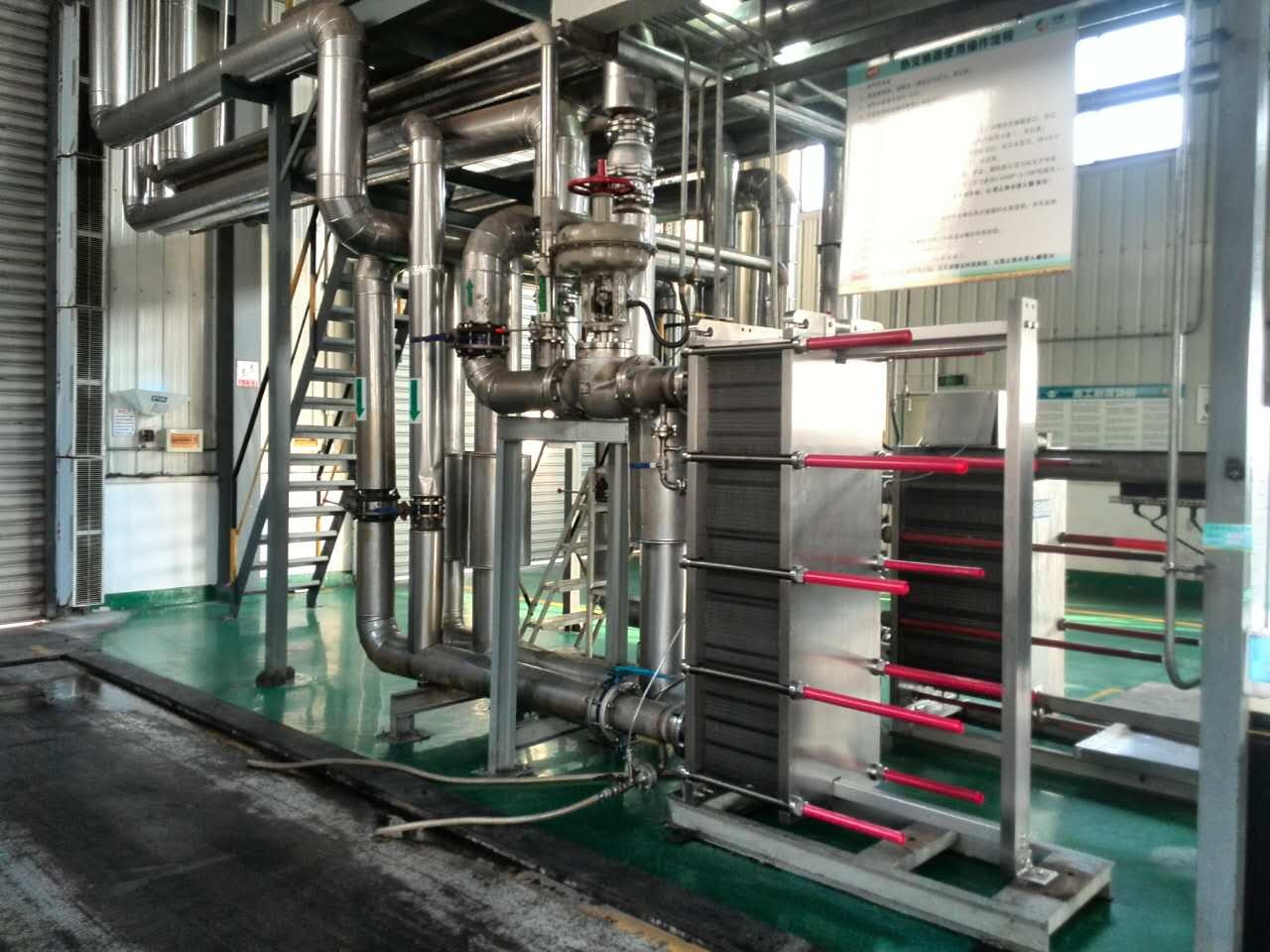5 key roles of plate heat exchanger gaskets.
Plate heat exchanger gaskets perform 5 key roles: ...
More
A gasket heat exchanger, also known as a plate heat exchanger (PHE), is a highly efficient thermal transfer device designed to regulate temperature by transferring heat between two fluids without mixing them. It consists of multiple thin, corrugated plates stacked together, sealed by gaskets, and clamped in a frame. These exchangers are widely used in industries such as chemical processing, HVAC, food and beverage, and power generation due to their compact design, scalability, and superior heat transfer performance. The gaskets ensure leak-proof operation while allowing easy disassembly for maintenance or cleaning.
Gasket heat exchangers excel in applications requiring precise temperature control, energy efficiency, and space optimization. Their modular design enables customization to meet specific thermal demands, making them a preferred choice for both small-scale and large-scale operations. Compared to traditional shell-and-tube heat exchangers, gasket plate models offer up to 5x higher heat transfer efficiency, reducing energy consumption by 30–50% in many cases. Industries relying on these systems benefit from lower operational costs, reduced downtime, and compliance with stringent environmental regulations.
Gasket heat exchangers are the go-to solution for industries prioritizing energy efficiency, cost savings, and operational flexibility. Their advanced plate design maximizes surface area contact between fluids, ensuring rapid heat transfer with minimal energy loss. Real-world data shows that gasket PHEs can achieve thermal efficiency rates of 90–95%, far surpassing conventional alternatives. Additionally, their compact footprint reduces installation space by up to 80%, a critical advantage for facilities with spatial constraints.
The durability and low maintenance requirements of gasket heat exchangers further enhance their appeal. With gaskets made from materials like NBR, EPDM, or Viton, these systems withstand extreme temperatures (-40°C to 200°C) and corrosive fluids, ensuring long-term reliability. Studies indicate a lifespan of 15–20 years with proper maintenance, offering a strong return on investment. Moreover, their modularity allows for easy capacity expansion, adapting to evolving industrial needs without costly replacements. By choosing a gasket heat exchanger, businesses achieve sustainable performance, regulatory compliance, and significant reductions in carbon emissions.
Select the most popular foreign trade service products to meet your diverse needs
Learn more about the dynamics and professional knowledge of the foreign trade industry

Plate heat exchanger gaskets perform 5 key roles: ...
More
A gasket in heat exchanger seals surfaces, blocks ...
More
You can see clear differences between welded block...
MoreAPI 662 defines standards for plate heat exchanger...
More
Ignoring a fouled heat exchanger causes high energ...
More
Plate heat exchangers deliver high thermal efficie...
MoreSelect the most popular foreign trade service products to meet your diverse needs
Explore more content related to foreign trade services

User Comments
Service Experience Sharing from Real Customers
John Smith
Mechanical EngineerThe gasket heat exchanger performs exceptionally well under high pressure. Highly recommended for industrial applications!
Emily Johnson
Process EngineerGreat durability and efficiency. The gasket design ensures minimal leakage, making it ideal for chemical processing.
Michael Brown
HVAC TechnicianThis heat exchanger is a game-changer for HVAC systems. Easy to install and maintain with excellent thermal performance.
Sarah Davis
Plant ManagerReliable and cost-effective. The gasket heat exchanger has significantly improved our plant's energy efficiency.